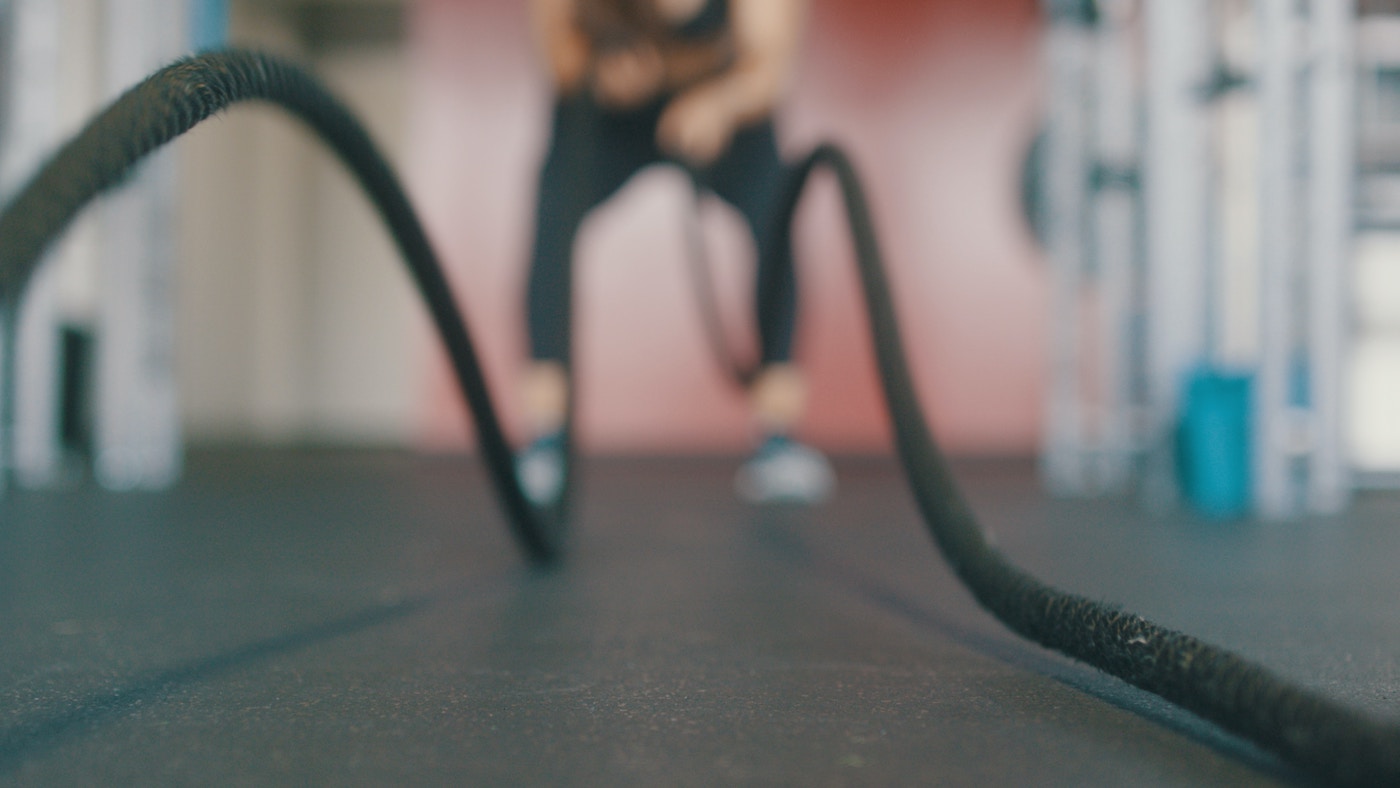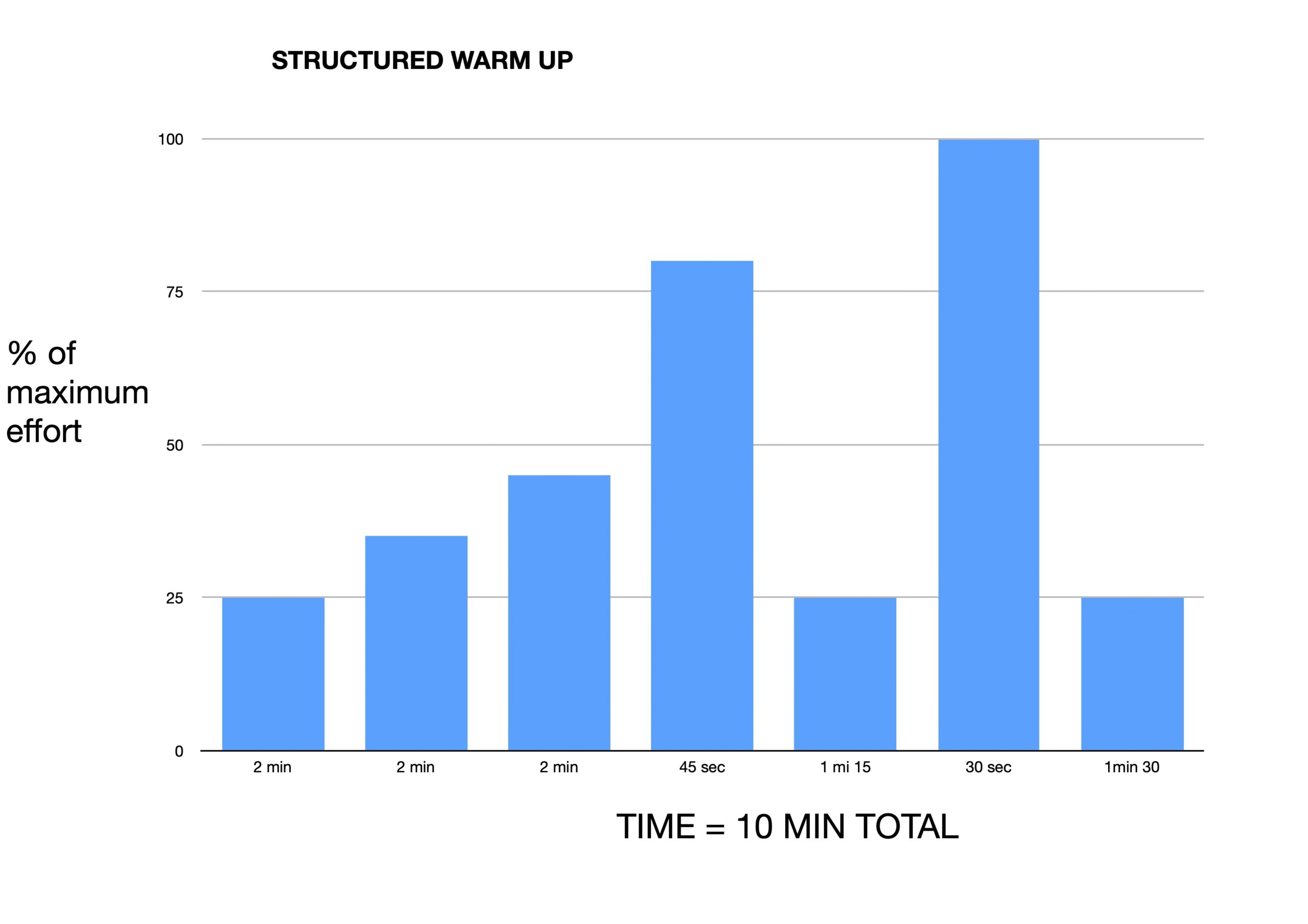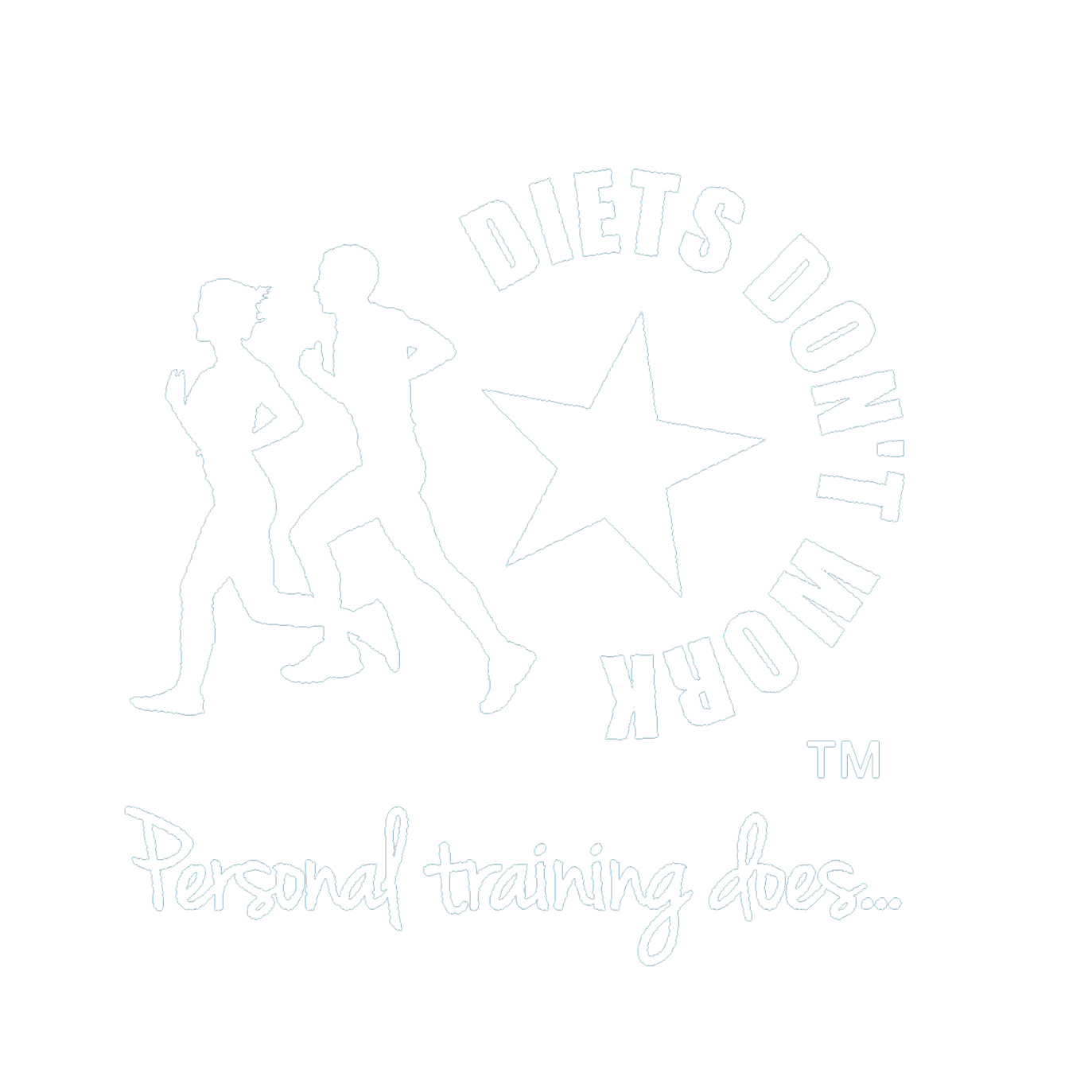
How to make exercise a habit
Nearly everyone wishes they could do more exercise, both from a health, mental health, and weight standpoint. Yet most of us don’t even do the basic minimum to prevent disease, let alone have a decent fitness level. The Uk government website states
“Around 1 in 3 (34%) of men and 1 in 2 (42%) of women are not active enough for good health. Men are more likely to report being active at the recommended level than women. Physical activity varies with age and life stage. People tend to get less active with age, especially in older years”.
Similarly, many of us will have embarked on an exercise regime only to give up weeks or days later. To help end this cycle of failure here are our top tips, garnered over 20 years of fitness, to not just start and continue to exercise, but to become an exercise addict (in the good sense – too much of anything can be a bad thing).
How to make exercise a habit
1 – Be realistic
This is number one for a reason. Most exercise ambitions fail because we are simply too ambitious, set the bat too high and fail to recognise our own human fallibility. Big, unrealistic goals like “I’m going to do three 1-hour sessions in the gum a week” or “I’m going to lose 5 stones” or “I’m going to run every night” are common goals that might sound good in your head but in reality, just aren’t achievable.
Before embarking on your new regime, sit down and write down a realistic idea of how many sessions you can do a week and how long they will be. Keep in mind that with the correct plan, you can make even 15 minutes, 3 times a week effective enough to make you fitter, stronger and lighter. It’s also important to make these questions long-term. So “how much weekly exercise can I realistically commit to over 6 months, or even a year?” This long-term approach will help keep your ego in check, so it doesn’t come up with a good-intentioned but unrealistic plan.
2 – Make your goals specific, but flexible.
Many studies show us that vague goals are less likely to be achieved than specific ones. So “I’m going to get fit” is too open-ended. Instead, a specific goal could be ” I’m going to get fit enough to play football with the kids for 20 minutes without having to rest”. An even more specific goal would also have a time frame on it. “I’m going to be able to row 2,000m in 8 minutes in three months” would be a great example. However, a small downside to very specific time-driven goals is that they can start to impinge on rule one, achievability. So adding some flexibility to goals can be helpful too. Weight loss is a good area to apply this rule to. So instead of a fixed goal, that is perhaps too ambitious like “lose 1 stone in 8 weeks” would become “I’m going to lose at least 10 lbs in 8 weeks, but will hope for a bit more”.
3 – Plan a strategy to hit those goals.
It may sound obvious, but you will need a specific plan to hit your goals. If it’s a fitness goal, you’ll need to make the plan effective for that goal. So as per above, if you wanted to row 2,000m in 8 minutes, you would need to do a fast endurance row (eg 2 sets of 12 minutes at 65% of maximum pace), a mid-paced row (eg 4 sets of 3 min at 80% of max effort) and a speed row (eg 8 sets of 45 secs close to 100% of maximum effort). If you were going for general fitness and health, your plan could be a hike twice a week at a fast walking pace, and a strength training session once a week, hitting all major muscle groups. A personal trainer can be very useful for this sort of specific strategy or plan, even if just for a few sessions to get you going and to show you the most efficient plan for success.
4 – Accept being a beginner, understand the climb
It’s important to be patient and understand that building habits take time, and progress in fitness takes time too. Despite what the media may say, you CAN NOT lose a stone in a month (not safely and permanently anyway) and you CAN NOT get super fit quickly. Although the gains will be immediate we usually allow 6-8 weeks for a noticeable change in weight/shape/fitness. The commonly touted idea is that it takes 21 days to form a habit, but in health and fitness be prepared to go for 6 weeks. It is worth noting too that you are climbing a mountain. The initial gains are hard work, but the higher you get, and at the summit, you can maintain those gains more easily.
5 – Do not over contemplate fitness sessions, just start.
Olympic champion Dame Kelly Holmes was asked on TV how she manages to do all those training runs on her own in the dead of winter. She replied that she didn’t dare think about what was coming up, but simply made the very first step towards the session – putting on her trainers. She then only thought about getting out of the door…and then warming up. At this point, you will already be committed and it is unlikely that you won’t finish the session..and feel great afterward.
6 – Just start with the warm up – make it planned and structured
Use this planned, structured warm up and just aim to do that. nine times out of ten you will go on to do more, but even this warm up will get you some fitness! Clients who compete in indoor rowing have some challenging, horrible training sessions. But we simply coach them to blank the session from their mind and just start. To this end having a properly structured warm-up is a great strategy for not bailing out on sessions and building the habit. A structured 10 min warm-up is a great weapon. It would usually consist of three 2 min sections that build with two short bursts each sandwiched with recovery. Just do the first two minutes. Then the next two. Good things will always follow.

7 – Remind yourself of the outcome
Even if you’re just setting out to do a walk, remind yourself how good you will feel after finishing it, especially if you are having doubts about starting. It’s also worth reminding yourself that each separate workout is another step on the long term plan to get fitter and healthier. So say “today’s walk is another step closer to the new fit me”. Myfitnesspal is great for this (more on this app later). A calorie tracking app, when you enter a weight loss, say 1lb over the course of a week, it will then say “good job, if you continue like this for 7 weeks you will weigh 10st 5lbs”. A great reminder of the long-term result of short-term actions.
8 – Use technology
Calorie counter apps (myfitnesspal, nutracheck); movement tracking apps (Fitbit, apple watch); GPS watches (Garmin); countdown timers; social media (fitness-specific groups for tips, workouts and encouragement).
Above are just a few examples of how you can use technology to help you start, and see the plan through. Social media exercise specific groups tend to be some of the best places on Facebook, not known for their supportive encouraging role in our lives. But these groups really are the exception. Smart watches can remind you to move and track what you’ve done, which can be really encouraging. And the calorie trackers will make you accountable and even if things aren’t going the right way will give clarity and show you why. So often with nutrition perception doesn’t match reality. You think you’ve been good, but forgot about various calorific snacks. The perception then is that you’ve been good and STILL haven’t lost weight. Why bother? With a proper set of accounts, even if just for a week or two, you will know exactly where you are going right and wrong.
9 – Remove obstacles
If you’ve failed with gym attendance in the past was this connected to the time taken to get there and back? If you tried to work out at home in the past did the familiarity of your home surroundings make it easier to just turn on the TV? For some trying to work out at home can be an obstacle to exercise. For others it might be the commute to the gym that is the obstacle. Try to eliminate these hidden costs to exercise. The availability of exercise could be a hidden cost. let’s say you try to do a yoga class twice a week but it’s at specific times, say 7pm. This fixed time could be a problem if things get in the way. Perhaps for you having some flexibility is an asset to exercise adherence. For others going solo at home or outdoors can be the obstacle. Team players or sociable people might be more likely to enjoy a class session, in which case that’s what you should go for.
A common obstacle to exercise can be lack of energy. But on this last point, it’s worth noting that exercise will give you energy back, and is proven to increase energy levels. It is extraordinarily rare for someone to come out of an exercise session feeling worse or more tired.
10 – Enlist support
To help you get through the tricky first 6 weeks – the hard part in how to make exercise a habit, some external support will be really helpful. So tell friends and family about your quest, and ask them to encourage you to do your sessions. On a day when you are wavering, a little push from a family member, friend or spouse could be the difference between going or not.
11 – Make yourself accountable to others
Putting your goals out there will add a layer of accountability to your mission. Social media can be a good place to start, making it public that you are going to exercise 3 times a week for 6 weeks – if this is your goal. You could then post a photo of each workout – you’ll be surprised how much support you will get. One of the best ways of adding accountability is to enter a race. It could even be a sponsored walk, a 5k, a Zumba event, something that’s achievable but a challenge. If your event is for charity then that’s even better. Having to raise money for a good cause will be extra motivation and accountability.
12 – Enjoy the struggle
In life, only things that take commitment and hard work are truly rewarding. When Olympians win gold, they often talk about a sense of loss, as their journey is over. The “what next?” scenario kicks in. Often we look back most fondly or with the most pride at things that were hard, or a struggle. So try to think about the journey towards your goal as something that you will look back on with pride; but also try to remember that not being good at something – yet – is what makes finally good all the more satisfying.
And a final, important point. one of the most effective ways of making exercise a habit, is of course to get a personal trainer. He or she will tick nearly all of the points above, from accountability, support, effective planning and structure.

Recent Comments